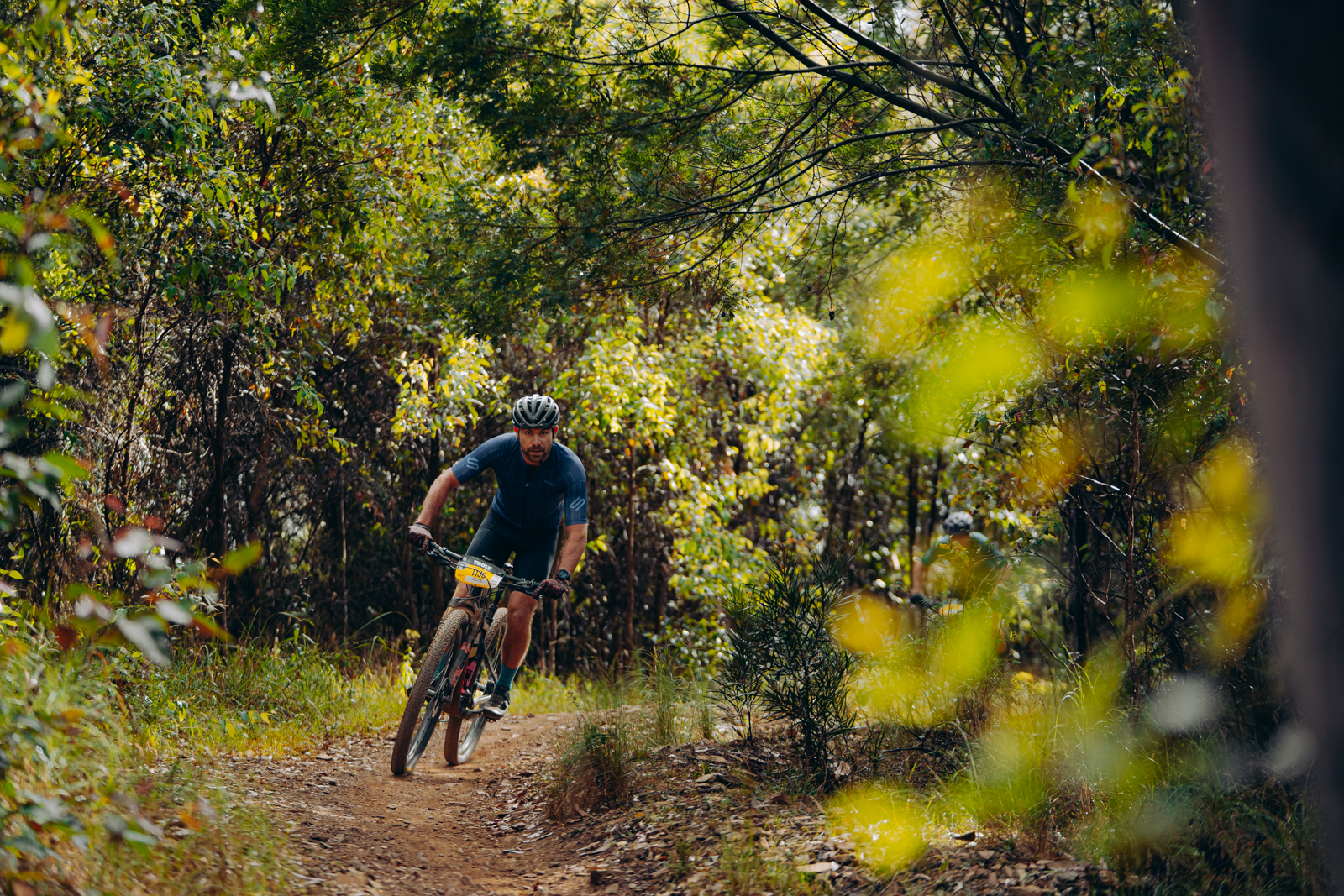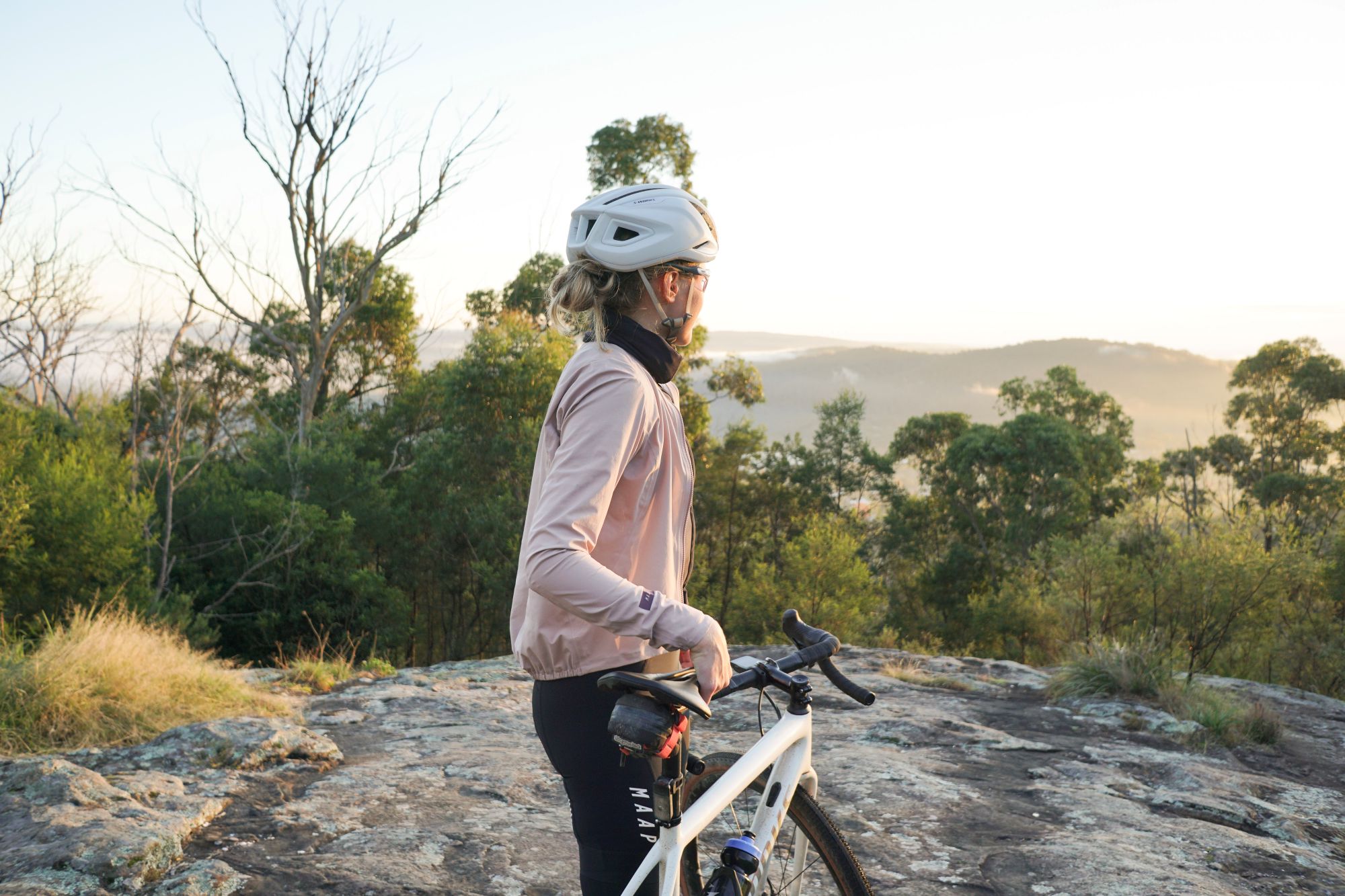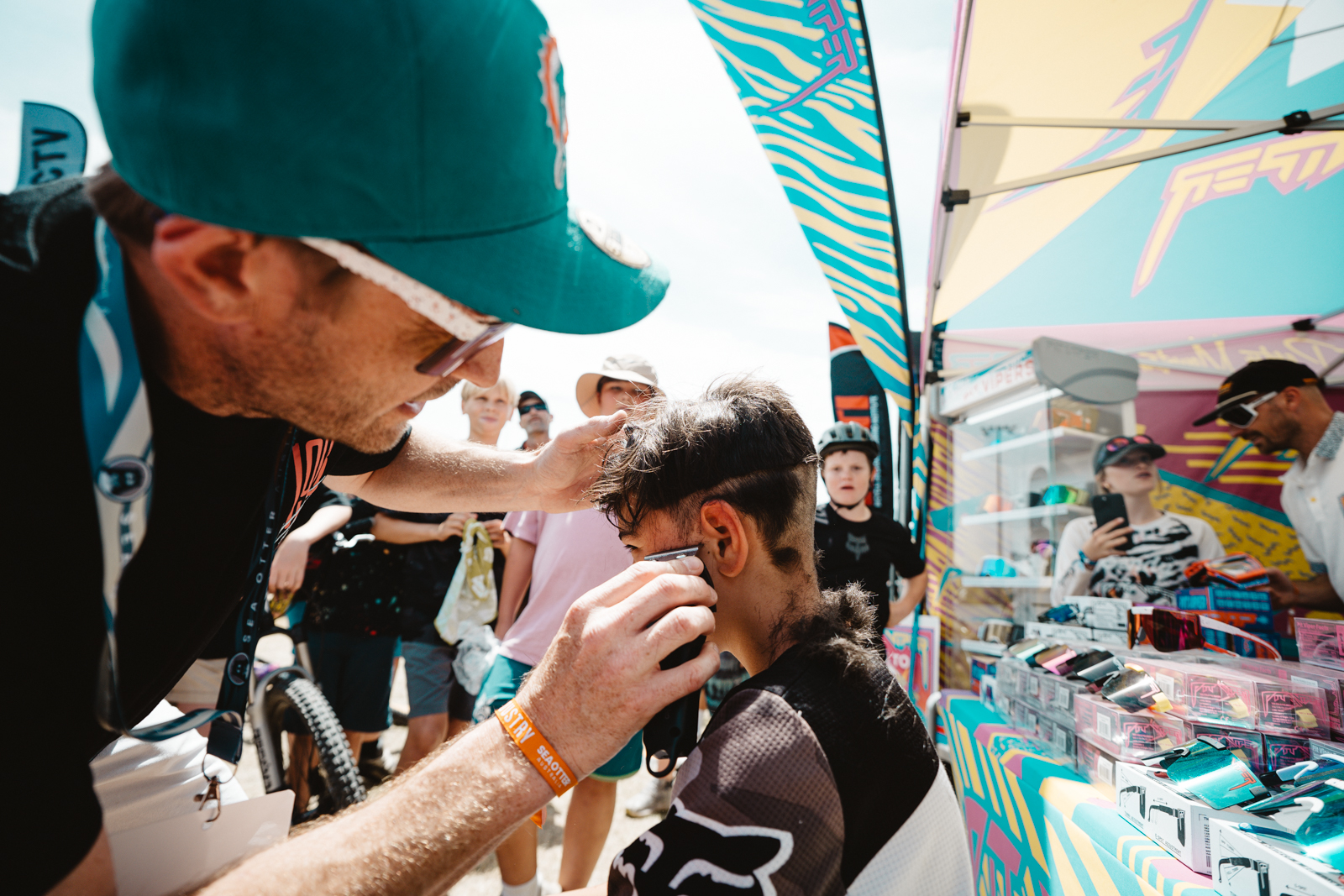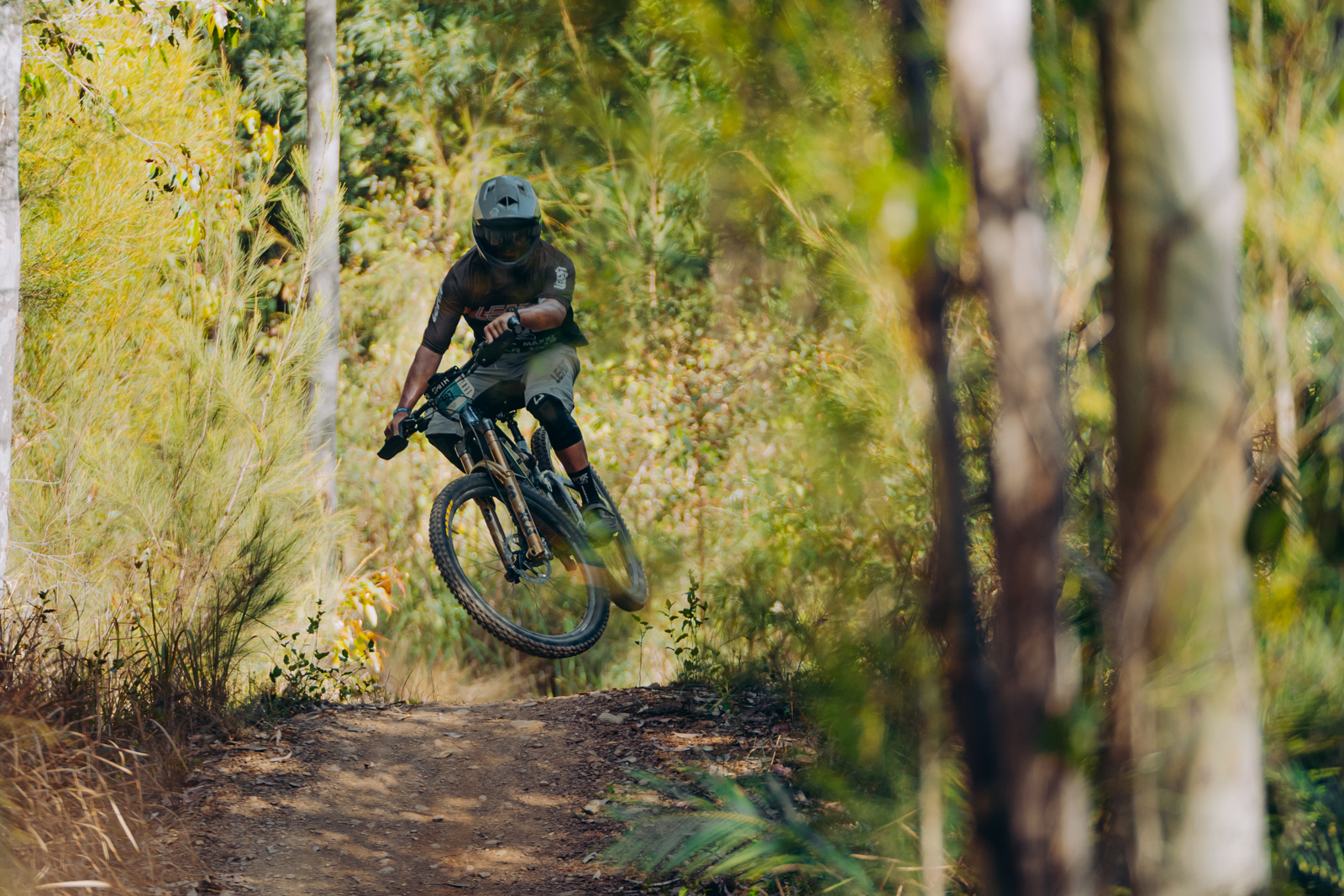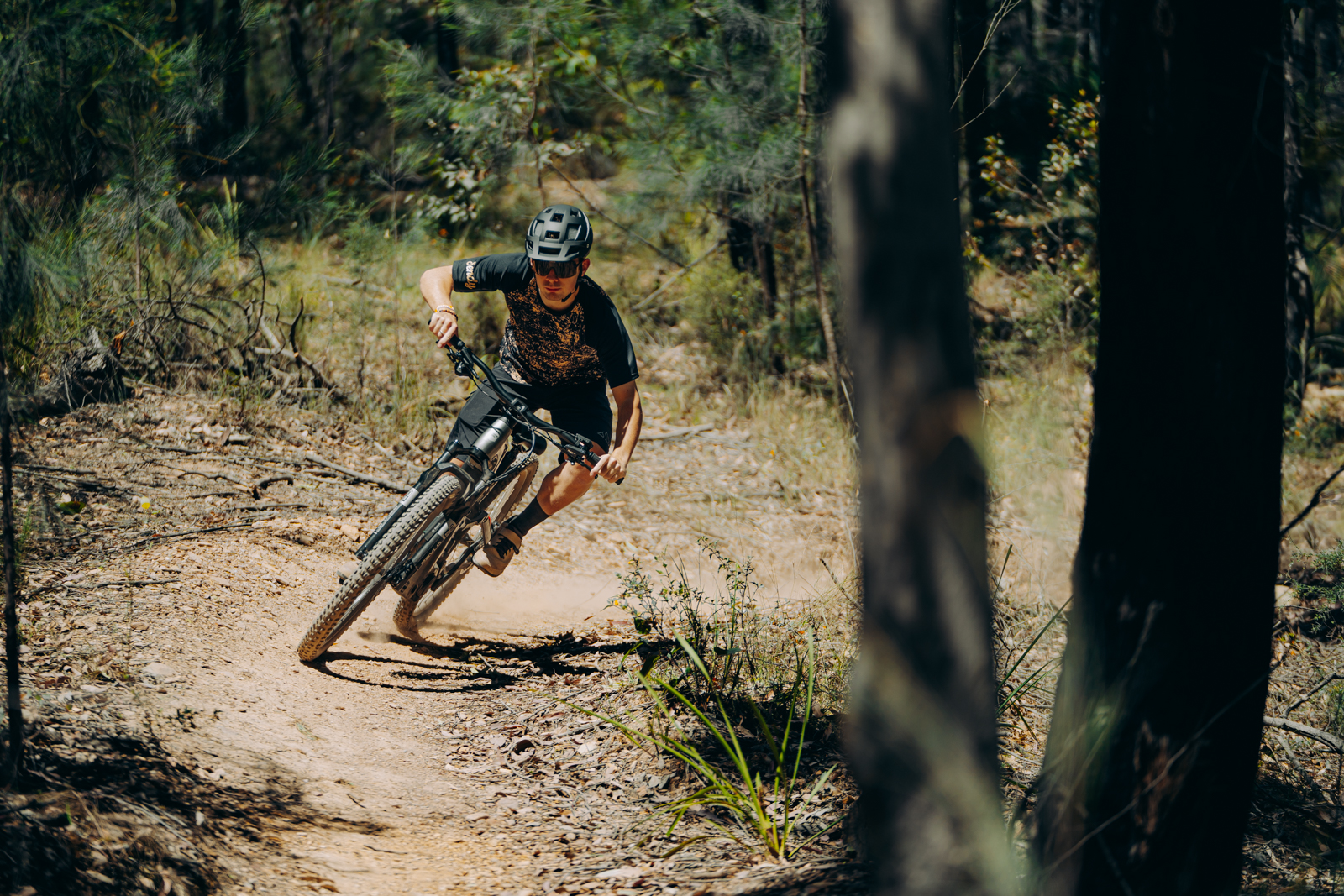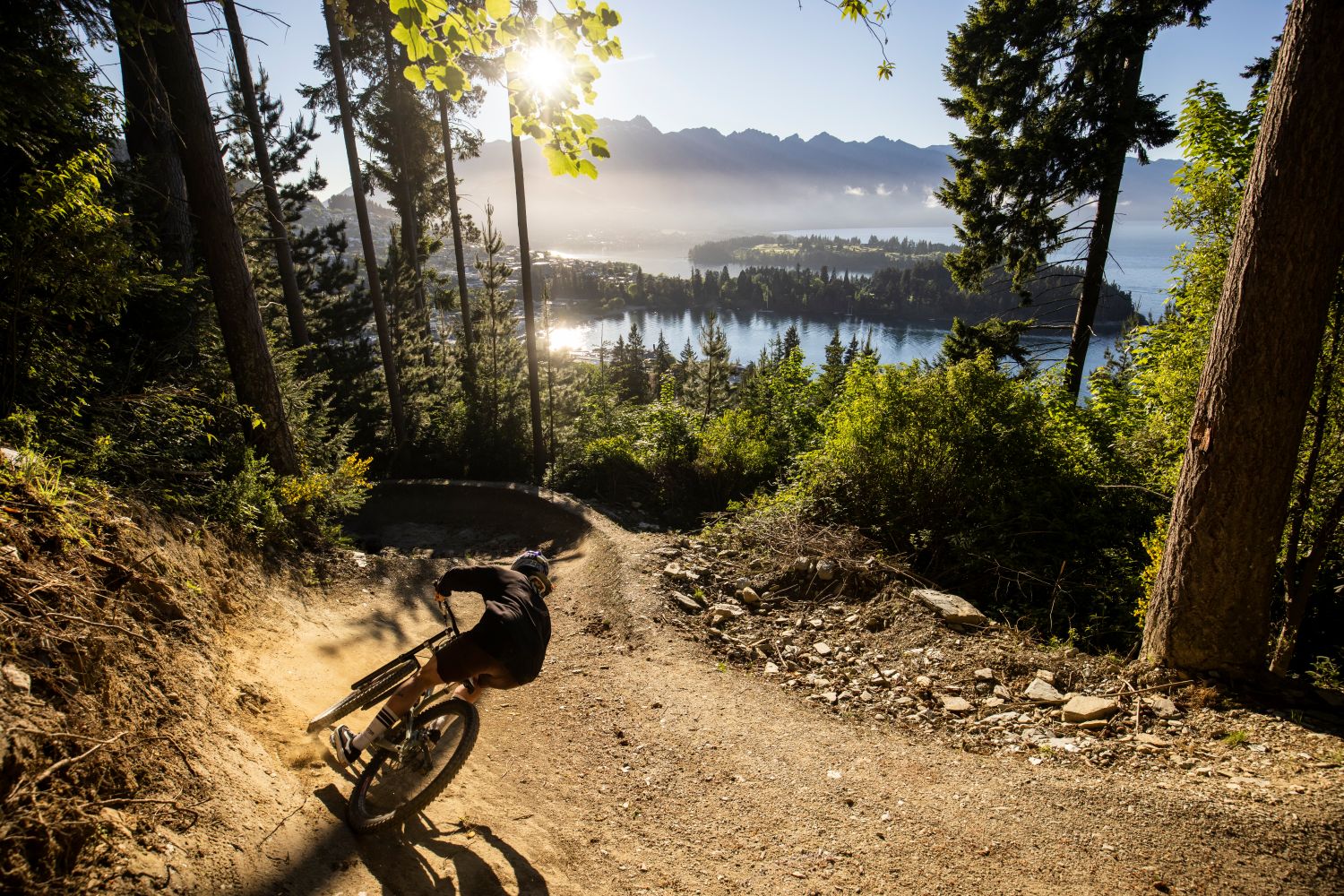RAAW Madonna V2.2 Long Term Build
RAAW's focus on hard-wearing, easy to work on bikes appealed to me as someone who likes the riding element of bike ownership more than the workshop side of things.
Words: Will Shaw
RAAW Mountain Bikes was founded by Ruben Torenbeek, and he released RAAW’s first bike in 2017. Prior to starting RAAW, Ruben worked as an engineer for brands such as Ghost and Scott. He began RAAW to fill a section of the market he thought wasn’t being adequately catered for, which is robust longer travel bikes built for years of abuse. RAAW began with a single model (the Madonna V1), but now they offer two models – the 160mm travel Madonna V2.2, and the 135mm Jibb. There’s also a third on the way, a Downhill bike currently being ridden on the World Cup circuit by 555 RAAW Gravity Racing.
As someone who’s fortunate enough to work in mountain biking media, I’m riding new products more frequently than your average rider. For the last few years however, I haven’t had a bike I’ve held onto for more than a few months at a time. Whilst I’ve been lucky to always have test bikes at my disposal, I’ve been looking for a long travel frame to hang test parts off for some time. The Madonna V2.2 was my number one choice on paper, and now I’ve got the opportunity to put this intriguing bike to the test!
Why the RAAW Madonna V2.2?
I’ve been interested in RAAW since I first heard about them in 2017. Their focus on hard-wearing, easy to work on bikes appealed to me as someone who likes the riding element of bike ownership more than the workshop side of things. The Madonna V2.2 is the third iteration of their 160mm Madonna, and there are a few key points that put this frame at the top of my list for a long-term test bike.
1. Frame design focussing on longevity
The Madonna V2.2 is made entirely of aluminium. By no means is it light, with the claimed weight for a size small being 3.9 kg (including shock hardware, rear wheel axle, and frame protection). The Madonna does feature beefy tubes that should hold up to years of abuse, as well as lots of other clever frame details. There’s space for rear wheel flex at the chainstays so tyres won’t rub the stays, clearance for ankles while pedalling, and the frame has been designed with no low-lying areas that will allow water to pool, which is something that happens on a surprising number of bikes.

Whilst I have no qualms about carbon bikes, I’m a fan of the overbuilt nature of the Madonna. On a bike with this much travel, I find that when things go wrong in terms of crashing, they tend to go quite wrong. I’ve had better luck with aluminium frames remaining intact than carbon ones when I’ve sent them cartwheeling down a rock-strewn descent.
2. Long lasting frame hardware
The frame uses two bearing sizes (28mm and huge 52mm bearings in the main pivot), and all 12 bearings are fully sealed to increase longevity. Working on the frame hardware is also simple, as it only requires a 5mm allen key. I ride in all weather, so fully sealed bearings are an extremely attractive proposition. The large bearing sizes alongside their sealed nature means you should get many more miles out of them than most other frames on the market.
When it is time to change bearings, if you don’t own a bearing press RAAW offer a custom tool that presses the two sizes for approximately $70.
3. External cable routing
Building the Madonna V2.2 frame up is also a simpler affair than most other frames, as RAAW use external cable routing on all their models for every component except for the dropper post, which runs externally before being routed through the seat tube. Whilst things like tube in tube cabling and generally being a skilled mechanic make internal routing simple for many, for me the convenience of external routing is much appreciated.
4. Balanced geometry
The Madonna V2.2 isn’t the longest, lowest, or slackest bike out there. The frame offers 160mm of rear travel, which RAAW suggest pairing with a 170mm or 180mm fork. I’ve opted for a size large (I’m 186cm), which features a 480mm reach, 445mm chainstays, and a 64.5-degree head angle (with a 170mm fork). The wheelbase is 1269mm. When I look at the bikes I’ve ridden with 150-170mm of rear travel in the past few years, on paper this geometry is close to what I’d pick if you gave me a blank canvas.

5. Simple and proven suspension
The Madonna V2.2 uses a standard four bar linkage with a solid looking rocker link. There are two rocker links offered by RAAW, the Rocker 60 and Rocker 65. The Rocker 60 uses 60mm of stroke on the shock and is best suited to riders under 90kg. The 65 uses (you guessed it) 65mm of stroke and is best suited to riders over 90kg.
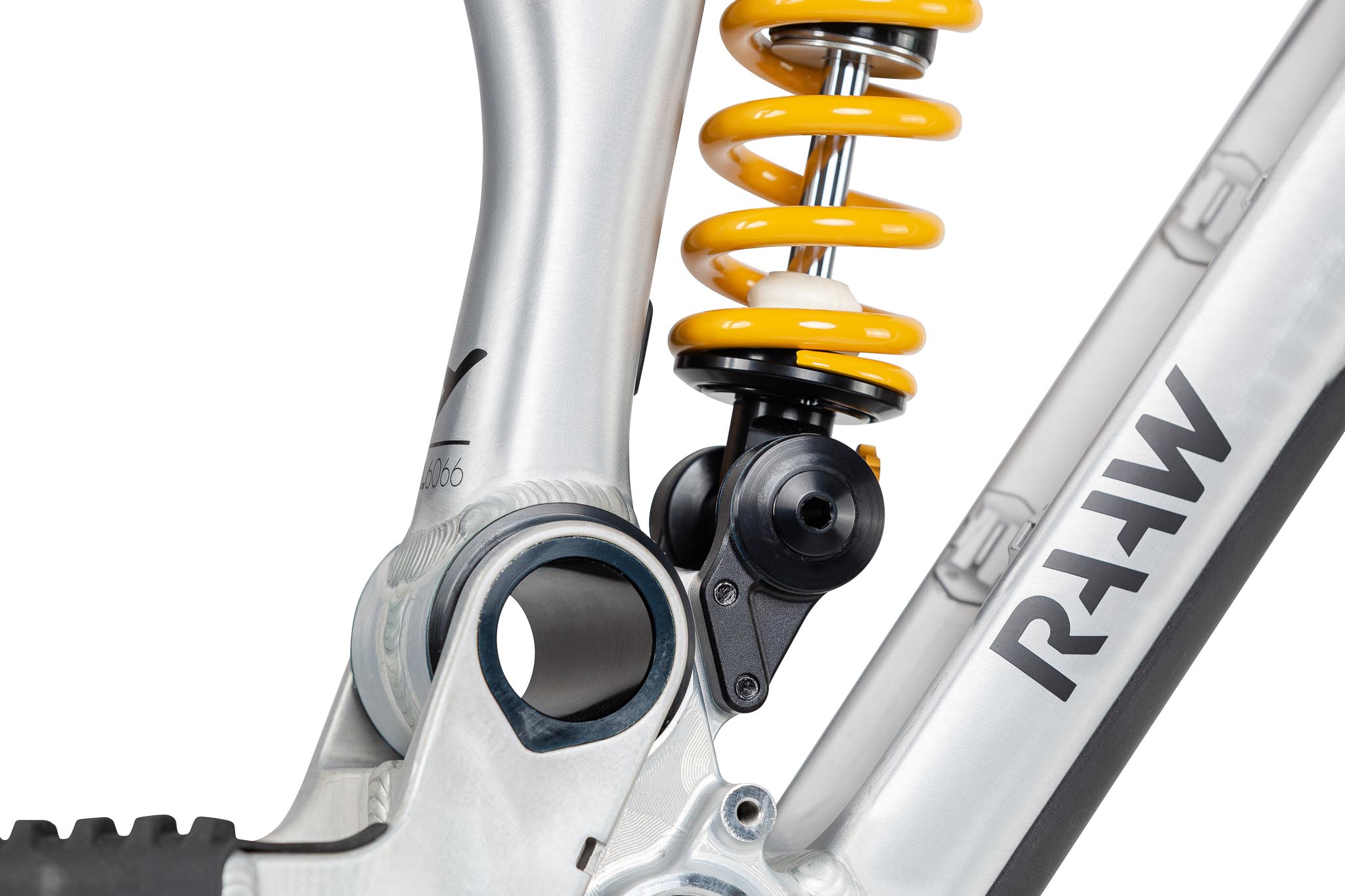
I’ve opted for the Rocker 60, and the benefit as a rider weighing in the low to mid 80kgs is that the Rocker 60 has more mechanical leverage that adds small bump sensitivity. For heavier riders, the Rocker 65 allows for a lower air pressure or lighter spring to be used, which makes the shock’s damping more effective. It’s cool stuff, and these are the kind of small details a boutique brand like RAAW can offer.
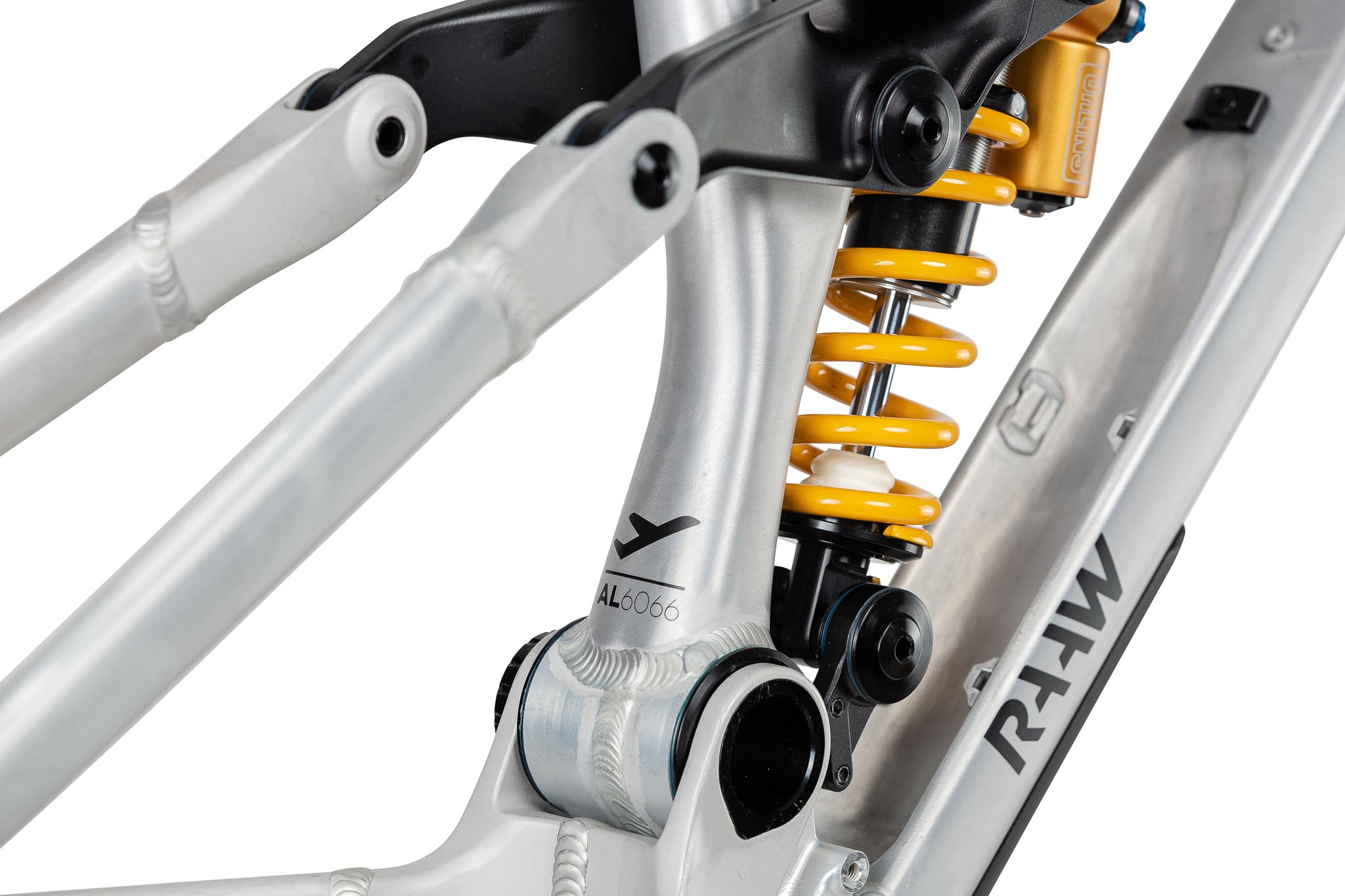
6. Raw finish!
Okay – this last point has nothing to do with the performance, maintenance, or longevity of the bike. I do think the raw finish looks simply stunning in photos though, and I can’t wait to see it in the flesh!
What components am I building it with?
The main objective with this frame is to have an easy to live with bike and get in more laps than time in the workshop. In the shock department I’ve opted for a Fox Float X2. RAAW offer both coil and air options with the Madonna V2.2 frame, but I’ve opted for the X2 as I like the easier adjustability offered by an air shock, and I’m a big fan of the X2. RAAW also use ball bearings at the shock pivots as opposed to bushings, which decreases the breakaway force required to initiate an air shock’s travel. The other shock options offered by RAAW are Fox’s lighter weight DPX2 (air), Fox’s DHX2 (coil), as well as two custom tuned options from Ohlins (one air and one coil).
See below for other key component choices, as well as my rationale behind them.
Fork: I’ll be opting for a 38mm fork in either 170mm or 180mm travel to begin with. Whilst I could easily get away with a Fox 36 or Lyrik, I think the 38mm options really come into their own when you need them most, be that in the real steeps or ultra-rough terrain. Now that travel is a bit easier, this is the bike I’d take on trips to locations such as Queenstown and Maydena, where a burlier setup for big days is much appreciated.
Drivetrain: I’ll be running a 12-speed drivetrain of some variety, and I don’t mind which way this one falls as everything mid-range and up from the drivetrain brands will do the job with ease.
Brakes: Alongside the drivetrain the brakes aren’t confirmed yet, but I can confirm they’ll be four pot and I’ll be on 200mm or 203mm rotors front and rear.
Wheels: The wheels on this bike are something I’m really excited about. I’m opting for a custom wheelset by the team at Raild wheels in Sydney. Raild are a fantastic company who offer custom built wheels built with DT Swiss and We Are One Rims laced onto DT or I9 hubs. It doesn’t get better in terms of durability and ease of maintenance than 32 spoke DT alloy rims laced with J-bend spokes using brass nipples. Keep an eye out for more on these wheels, as well as a deeper dive into Raild as a company soon.
I’m excited to see how this build pans out, and I’ll be keeping you updated on my progress in future editions, as well as online at ambmag.com. See you on the trails!


